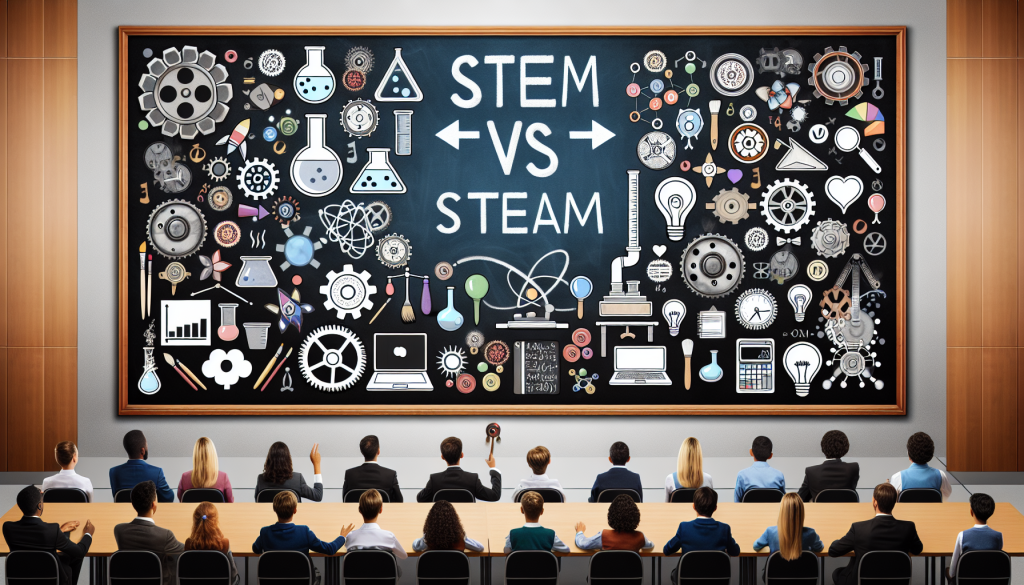
STEM vs. STEAM: The Case for Integrating Arts in Education
In today’s world, education has become more focused on science, technology, engineering, and math, commonly known as STEM subjects. These areas are seen as crucial for developing the necessary skills for the workforce and advancing society. However, there is an ongoing debate about whether the arts should be integrated into this STEM-focused education, giving rise to the concept of STEAM. In this article, we will discuss the case for integrating arts in education and why a STEAM approach may be the key to a well-rounded education.
STEM vs. STEAM
STEM education has gained significant attention and support in recent years, with a focus on preparing students for careers in technology and science-driven fields. The emphasis on STEM subjects is understandable, given the rapid advancements in technology and the increasing demand for qualified professionals in these areas. However, this exclusive focus on STEM subjects may have its drawbacks.
STEAM, on the other hand, is an educational approach that incorporates the arts, humanities, and design into traditional STEM subjects. It recognizes the importance of creativity and critical thinking in problem-solving, alongside technical skills. By integrating the arts and design into STEM education, STEAM aims to develop well-rounded individuals capable of thriving in today’s diverse and rapidly changing world.
The Benefits of Integrating Arts in Education
The inclusion of arts in education has been linked to several benefits, both for students and society as a whole. First and foremost, the arts foster creativity and imagination in students, allowing them to think outside the box and approach problems from different perspectives. In a rapidly changing society, this ability is crucial for innovation and adaptation.
The arts are also closely tied to emotional intelligence, helping students develop empathy, self-awareness, and social skills. These skills, often referred to as “soft skills,” are highly sought after by employers and are necessary for building successful relationships and collaborations.
Moreover, integrating arts in STEM education can help students improve their critical thinking and problem-solving abilities. By challenging students to think beyond numbers and equations, the arts can enhance their cognitive skills, leading to more effective learning and retention of information.
Real-World Applications
The integration of arts in education has been gaining traction in recent years, and there are several successful examples of STEAM programs being implemented in schools. For instance, students in STEAM programs have designed models for sustainable housing, created art installations using technology, and even developed video games with a team.
These real-world applications of STEAM education demonstrate its effectiveness at bridging the gap between theory and practicality, preparing students for the ever-evolving demands of the workforce.
In Conclusion
In conclusion, while STEM education remains crucial to developing technical skills and preparing students for high-demand careers, neglecting the arts can have its consequences. By integrating the arts into STEM education, a STEAM approach can foster creativity, develop critical thinking skills, and prepare students for a diverse and constantly evolving society. As we continue to strive for progress and innovation, a well-rounded education that includes the arts is more important than ever.
